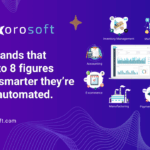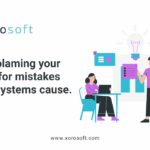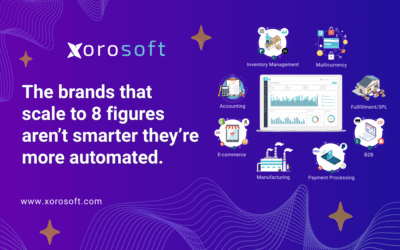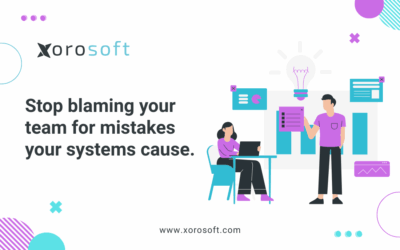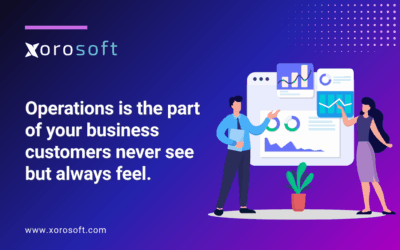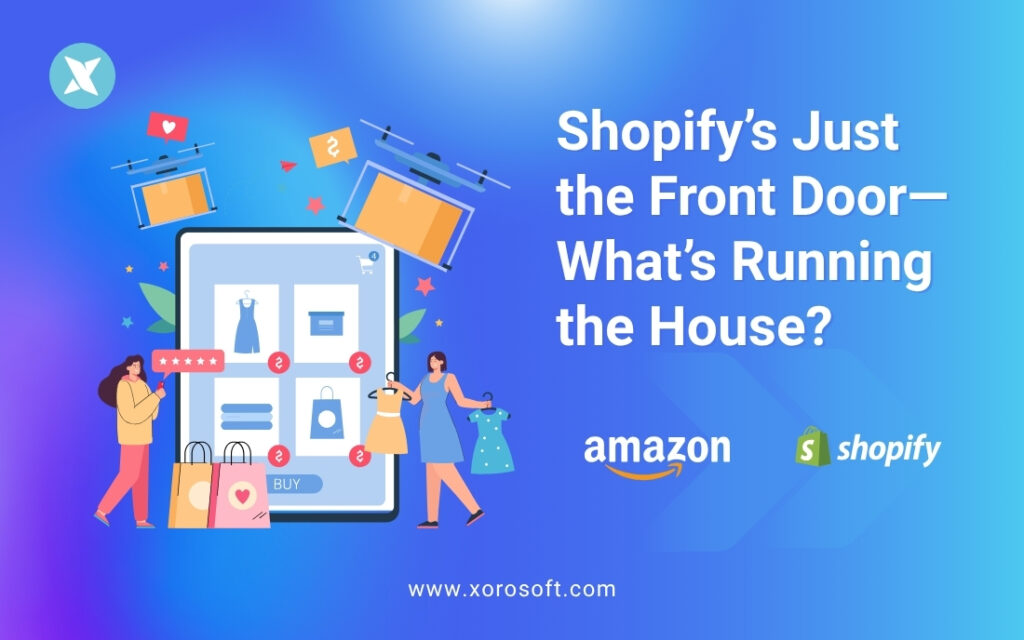
Scaling Without ERP for Shopify? Here’s the Catch
Running a Shopify store is exciting—especially when the sales start climbing. However, without a powerful ERP for Shopify in place, that growth can quickly become overwhelming. Many fast-scaling businesses experience warehouse overload, mismatched inventory, and accounting chaos long before they realize the need for a unified backend solution.
This is where ERP for Shopify makes all the difference. By integrating your operations from day one, you create a foundation for scale that doesn’t buckle under pressure.
ERP for Shopify Solves Operational Chaos
Most e-commerce businesses start with simple systems—Shopify for selling, spreadsheets for inventory, a basic shipping app, and QuickBooks for finance. Initially, this works. However, as order volume grows, these tools start to show cracks.
For example:
- Manual data entry between systems introduces costly errors.
- Fulfillment gets slower, especially across multiple locations.
- Inventory mismatches cause overselling or stockouts.
- Reporting becomes fragmented and delayed.
In addition, without real-time visibility, decision-making feels reactive. As a result, stress builds across the entire organization, making it harder to stay focused on growth.
Why These Problems Keep Surfacing
At the root of these challenges is a fundamental issue: your systems don’t speak to each other. While Shopify is built to power the storefront, it’s not designed to handle backend operations like inventory control, warehouse management, procurement, accounting, or fulfillment.
Because of this, businesses must patch together tools that weren’t meant to operate as one. Eventually:
- Data becomes duplicated or lost.
- Teams operate in silos.
- Each new sales channel introduces added complexity.
Consequently, what once felt manageable quickly becomes unscalable.
A Unified ERP for Shopify Sellers Changes Everything
Fortunately, high-growth Shopify merchants are embracing a better approach. Instead of stacking disconnected apps, they’re adopting ERP for Shopify to unify their operations under one platform.
This shift enables:
- Real-time inventory sync across all channels
- Built-in warehouse management with barcode support
- Automated purchasing and accounting
- Integrated financials and live profitability reports
- Streamlined fulfillment from one dashboard
Moreover, using ERP for Shopify reduces the operational drag that slows down growing teams. Instead of fighting fires, leaders focus on strategy, while systems handle the rest.
Why Fast-Growing Brands Choose Xorosoft ERP
Xorosoft ERP is a modern, cloud-based platform purpose-built for fast-scaling Shopify businesses. Unlike legacy systems, it’s not retrofitted for e-commerce—it’s engineered for it.
Here’s how Xorosoft strengthens the Shopify backend:
- Real-time sync with Shopify
- Native WMS (Warehouse Management System) that’s built-in, not bolted on
- Multi-location, multi-currency, and multi-channel support
- Centralized reporting for inventory, accounting, and operations
- Automated purchasing workflows and fulfillment triggers
- Hundreds of native integrations (including 3PLs, EDI, Amazon, and more)
- Ranked #1 for Ease of Use on G2
This isn’t about adding more tools. Instead, it’s about streamlining the ones that matter and letting go of the rest.
A Shopify retailer put it simply:
“Xorosoft helped us eliminate six disconnected apps. Now, we manage everything in one place and make smarter decisions, faster.”
